Graph Convolutional Neural Network Knowledge Tracking Based on Response Time Feature
DOI: 10.23977/jeis.2024.090102 | Downloads: 36 | Views: 1427
Author(s)
Juwei Dao 1, Li Hong 1
Affiliation(s)
1 College of Information, Yunnan Normal University, Kunming, China
Corresponding Author
Juwei DaoABSTRACT
The GCKT model is proposed based on the following two feature optimization ideas. Firstly, Graph Convolutional Neural Network (GCN) is applied to knowledge tracking in order to enhance local features, improve the effect of the model, and reduce the risk of overfitting. In addition, in order to solve the problem that the current GKT model only depends on the relevant content of the learner's answer and input few features, which leads to low prediction accuracy, the model in this paper uses the time features obtained by incorporating the learner's answer time of each exercise, and gives the learner each answer record as the model input.To improve the accuracy of prediction. Finally, the effectiveness and rationality of the proposed method are proved by experiments.
KEYWORDS
Knowledge Tracking, Deep Learning, Graph Convolutional Neural NetworkCITE THIS PAPER
Juwei Dao, Li Hong, Graph Convolutional Neural Network Knowledge Tracking Based on Response Time Feature. Journal of Electronics and Information Science (2024) Vol. 9: 7-12. DOI: http://dx.doi.org/10.23977/10.23977/jeis.2024.090102.
REFERENCES
[1] Khajah, M., Lindsey, R. V., & Mozer, M. C. (2016). How deep is knowledge tracing?. arXiv preprint. DOI:10.48550/arXiv.1604.02416.
[2] Piech, C., Spencer, J., Huang, J., Ganguli, S., Sahami, M., & Guibas, L., et al. (2015). Deep knowledge tracing. Computer Science, 3(3), págs. 19-23.DOI:10.1109/CVIDLICCEA56201.2022.9823984.
[3] Albert, T., CorbettJohn, R., & Anderson. (1994). Knowledge tracing: modeling the acquisition of procedural knowledge. User Modeling & User Adapted Interaction.DOI:10.1007/BF01099821.
[4] Hochreiter, S., & Schmidhuber, J. (1997). Long short-term memory. Neural Computation, 9(8), 1735-1780.DOI:10.1162/neco.1997.9.8.1735.
[5] Zhang, J., Shi, X., King, I., & Yeung, D. Y. (2017). Dynamic key-value memory networks for knowledge tracing. International World Wide Web Conferences Steering Committee, 765-774. DOI:10.1145/3038912.3052580.
[6] Nakagawa, H., Iwasawa, Y., & Matsuo, Y. (2019). Graph-based Knowledge Tracing: Modeling Student Proficiency Using Graph Neural Network. IEEE/WIC/ACM International Conference on Web Intelligence. ACM. DOI: 10.1145/3350546.3352513.
[7] Kipf, T. N., & Welling, M. (2016). Semi-supervised classification with graph convolutional networks. arXiv preprint. DOI: 10.48550/arXiv.1609.02907.
[8] Feng, M., Heffernan, N., & Koedinger, K. (2009). Addressing the assessment challenge with an online system that tutors as it assesses. User Modeling and User-Adapted Interaction, 19(3), 243-266. DOI:10.1007/s11257-009-9063-7.
[9] Battaglia, P. W., Hamrick, J. B., Bapst, V., Sanchez-Gonzalez, A., Zambaldi, V., & Malinowski, M., et al. (2018). arXiv preprint. Relational inductive biases, deep learning, and graph networks. DOI:10.48550/arXiv.1806.01261.
[10] Cho, K., Van Merrienboer, B., Gulcehre, C., Bahdanau, D., Bougares, F., & Schwenk, H., et al. (2014). Learning phrase representations using rnn encoder-decoder for statistical machine translation. Computer Science. DOI: 10.3115/v1/D14-1179.
| Downloads: | 12712 |
|---|---|
| Visits: | 494029 |
Sponsors, Associates, and Links
-
Information Systems and Signal Processing Journal

-
Intelligent Robots and Systems

-
Journal of Image, Video and Signals
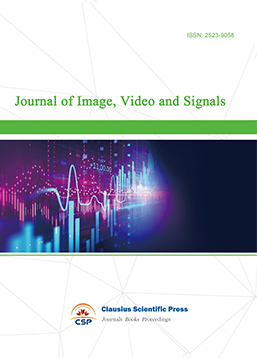
-
Transactions on Real-Time and Embedded Systems
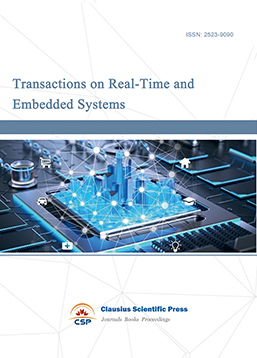
-
Journal of Electromagnetic Interference and Compatibility
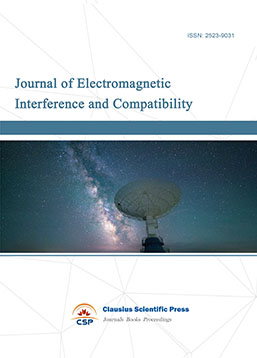
-
Acoustics, Speech and Signal Processing
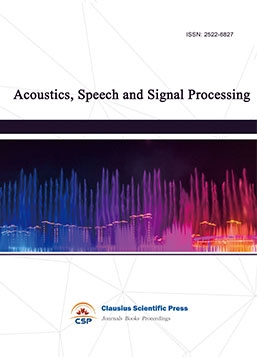
-
Journal of Power Electronics, Machines and Drives
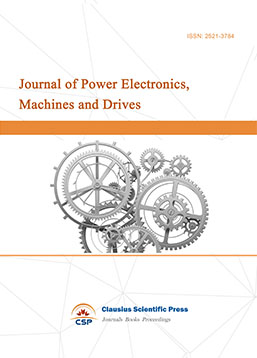
-
Journal of Electro Optics and Lasers

-
Journal of Integrated Circuits Design and Test
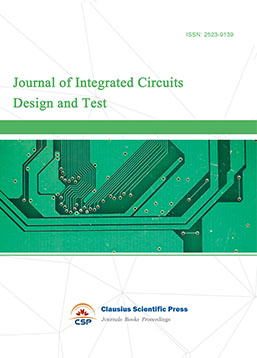
-
Journal of Ultrasonics
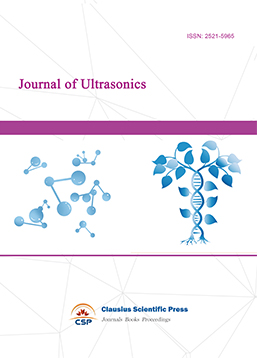
-
Antennas and Propagation
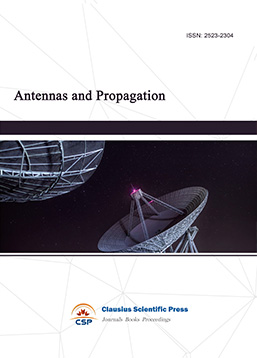
-
Optical Communications
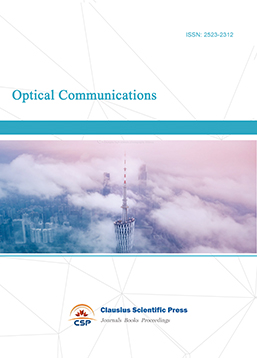
-
Solid-State Circuits and Systems-on-a-Chip
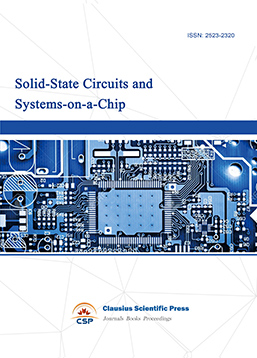
-
Field-Programmable Gate Arrays

-
Vehicular Electronics and Safety
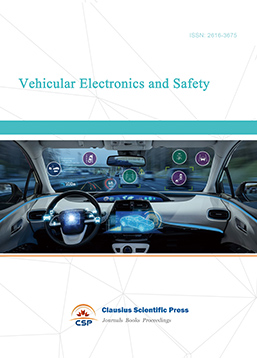
-
Optical Fiber Sensor and Communication
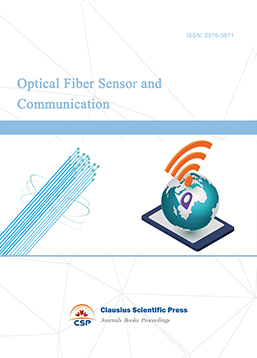
-
Journal of Low Power Electronics and Design
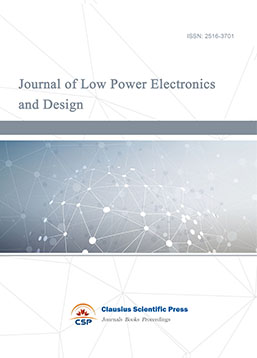
-
Infrared and Millimeter Wave
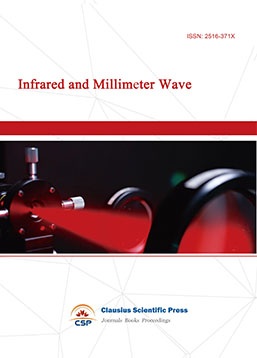
-
Detection Technology and Automation Equipment
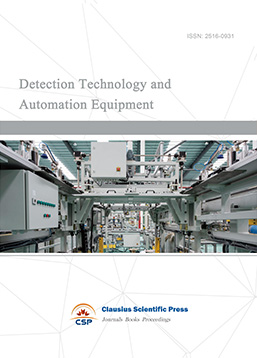
-
Journal of Radio and Wireless

-
Journal of Microwave and Terahertz Engineering
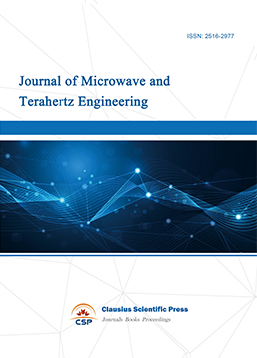
-
Journal of Communication, Control and Computing
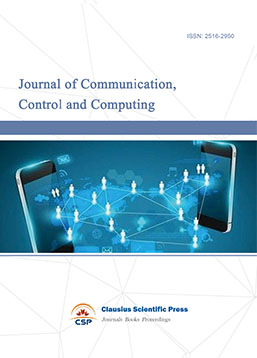
-
International Journal of Surveying and Mapping
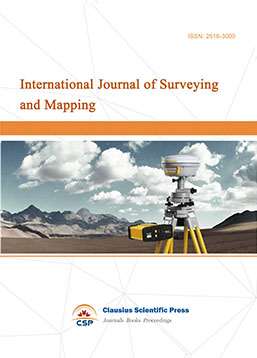
-
Information Retrieval, Systems and Services
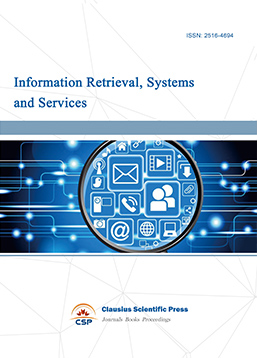
-
Journal of Biometrics, Identity and Security

-
Journal of Avionics, Radar and Sonar
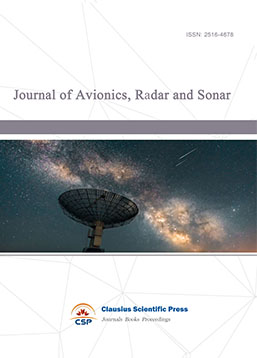

 Download as PDF
Download as PDF